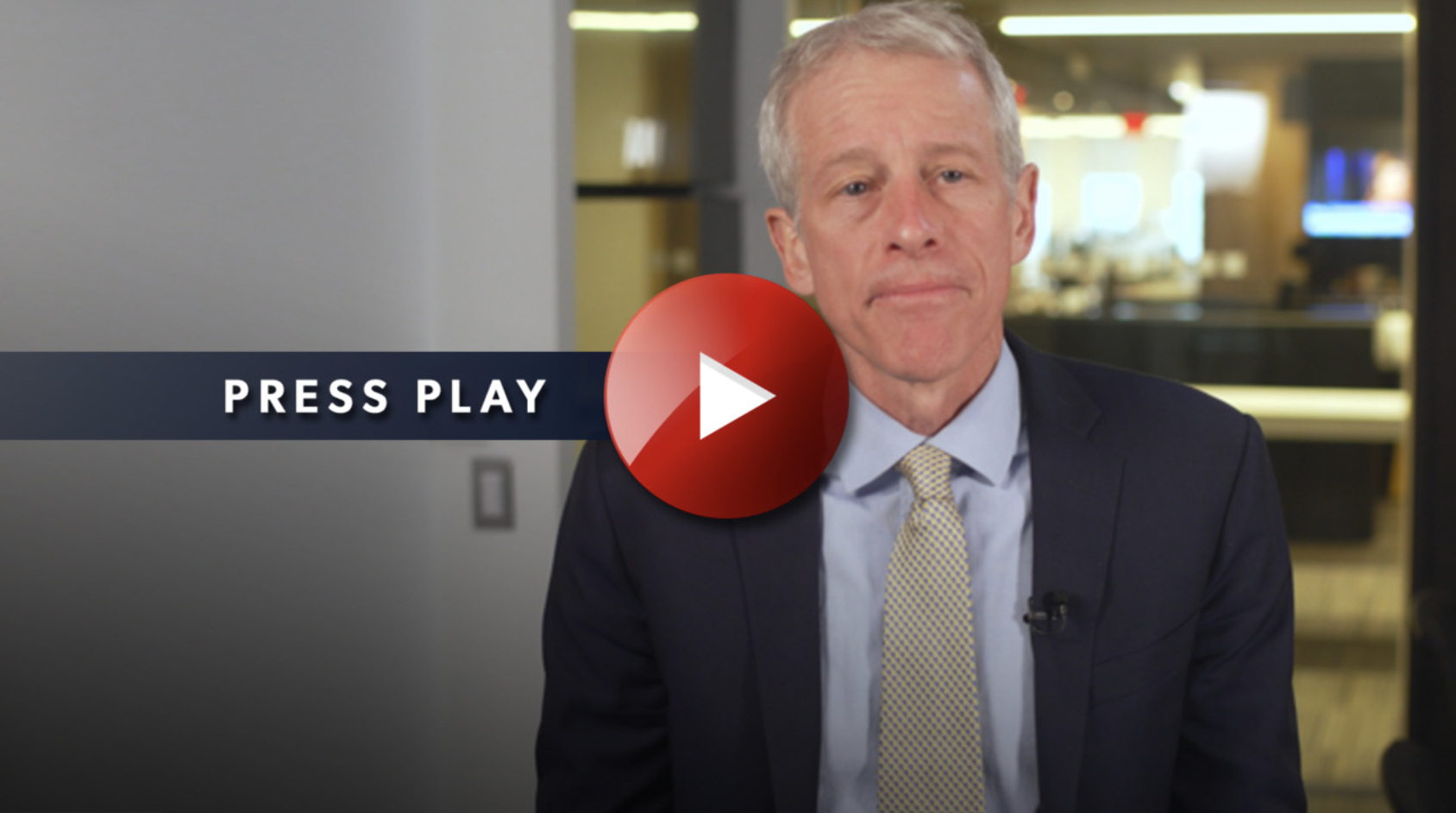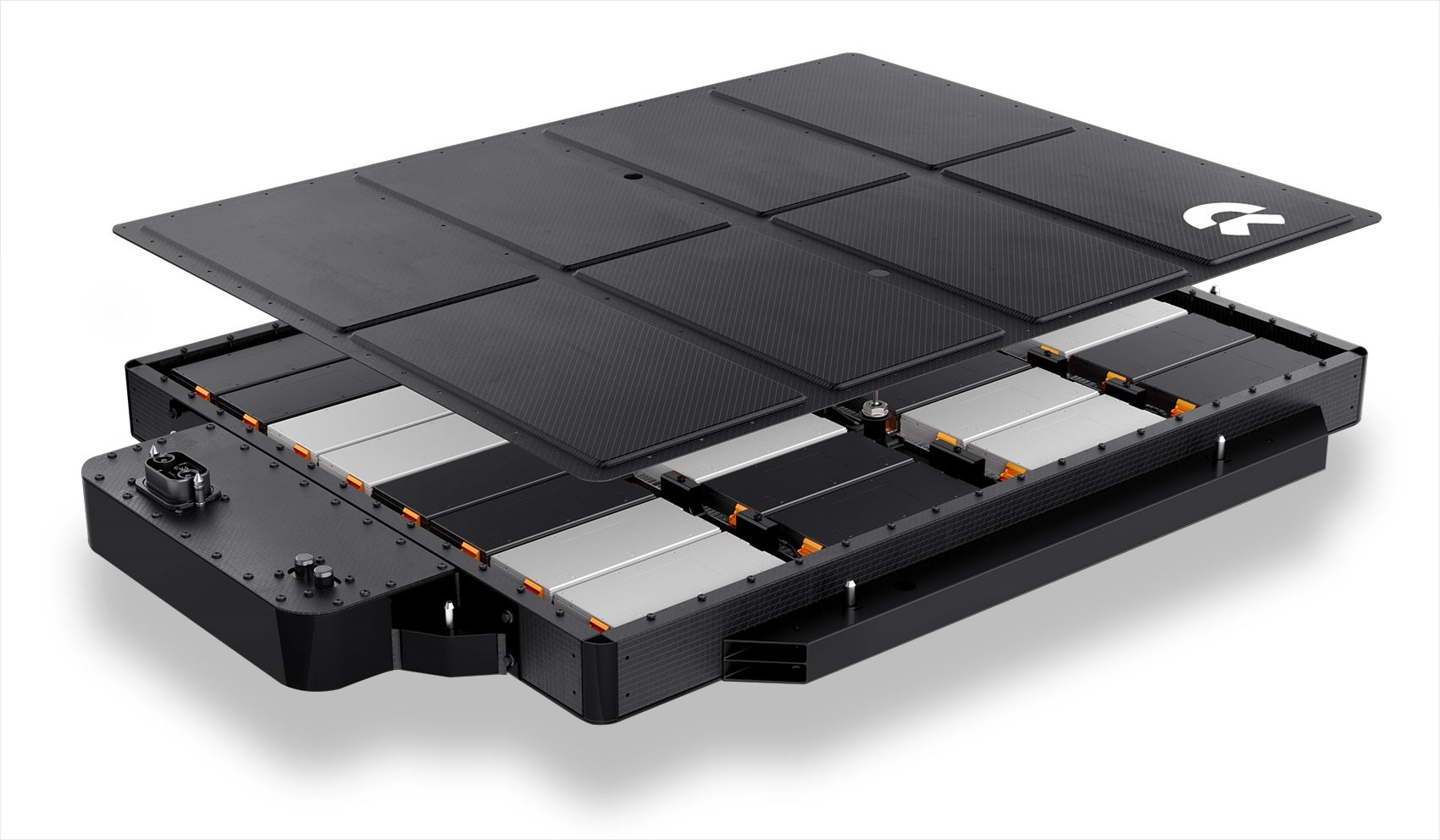Stock prices are down and dividend yields are up.
If you’re retired or close to it, there are a lot of good reasons to buy dividend stocks.
Not only do you want a reliable income stream as you close out your working years, but now is also a great time to buy dividend stocks. Yields have risen in the market pullback, and many of these top dividend stocks are now cheap. As a retiree (or if you’re soon to be one), you want to own dividend stocks that offer a good mix of yield and growth.
Keep reading to see three of the best dividend stocks for retirement that you can buy today.
1. A bulletproof tech company
Microsoft (MSFT 0.38%) has vast competitive advantages and a breath and depth of products unmatched in the tech sector. It dominates the enterprise software industry, and its leading market share with products like Windows and its Office suite gives the company a competitive advantage when it comes to rolling out new products. If your business already uses Microsoft products, you’re much more likely to use new ones that come on the market, like choosing Microsoft Teams instead of Slack, for instance.
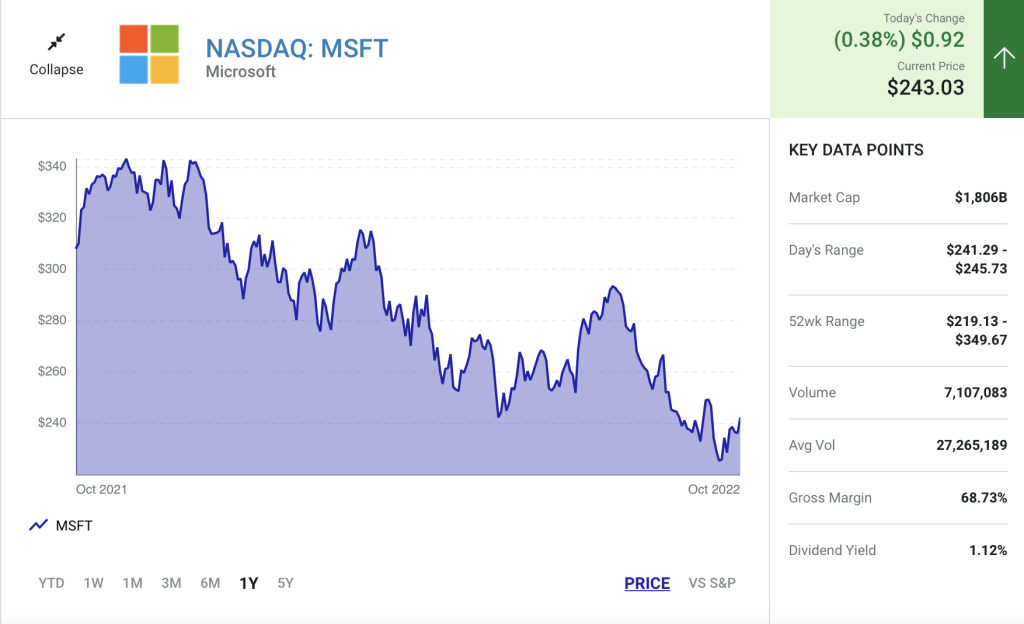
That competitive advantage is evident in the company’s results. In its most recent quarter, it had operating income of $20.5 billion, giving it an operating margin of nearly 40%.
Its business is also diversified in a way that rivals like Apple, Alphabet, and even Amazon are not. Though it’s best known as a software company, Microsoft is also a leader in cloud infrastructure, video gaming, and hardware like laptops and tablets. And it makes money through newly acquired businesses like Linkedin.
The company is also one of only two U.S. companies to receive a credit rating of AAA (read on to find the other one).
Its 1.1% dividend yield isn’t going to wow your typical income investor, but there’s a lot of growth ahead for that payout. Microsoft’s revenue rose 16% in currency-neutral terms in its most recent quarter, and its dividend payout has tripled over the last decade. It could easily do that again since its payout ratio is still modest at less than 30%.
2. As close to dividend perfection as it gets
Johnson & Johnson (JNJ 1.39%) has all the makings of a classic dividend stock, and it’s easy to see why. The company has been around for more than a century and is a leader in the healthcare industry. That sector tends to be recession-proof because consumers need healthcare regardless of the state of the economy.
The company also offers a level of diversification that is rare in the healthcare industry. It operates in three segments: consumer products, medical devices, and pharmaceuticals. J&J is actually in the process of spinning off the consumer products business, dubbed Kenvue, to separate the higher-growth segments in devices and pharma.
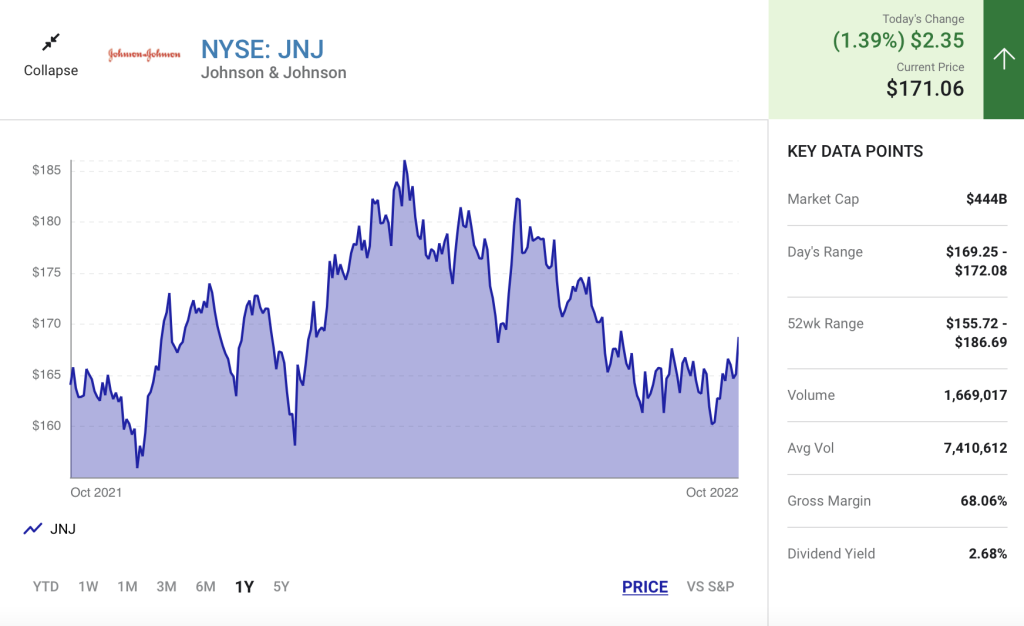
But if you buy the stock now, you can own both and choose between the two, according to your investing needs.
Johnson & Johnson is the other company with that AAA credit rating, and it’s one of the few Dividend Kings on the market, having raised its dividend annually for 60 straight years.
The healthcare giant currently pays a dividend yield of 2.7%, and its payout has nearly doubled over the last decade, making it a good bet for investors looking for both dividend yield and growth.
3. A dividend fortress
Financial stocks aren’t common on most lists of dividend choices because the industry is cyclical, and banks could struggle to pay investors in a recession. The industry is also highly regulated, and banks sometimes need permission from the Federal Reserve to raise their dividend. For instance, the Fed put a pause on dividend hikes during the pandemic.
JPMorgan Chase (JPM -0.01%), the nation’s No. 1 bank by assets, has been a top dividend stock even with these requirements. JPMorgan was the only one of the big four banks that didn’t need a bailout during the financial crisis, and it was even able to pay shareholders a small dividend during the crisis.
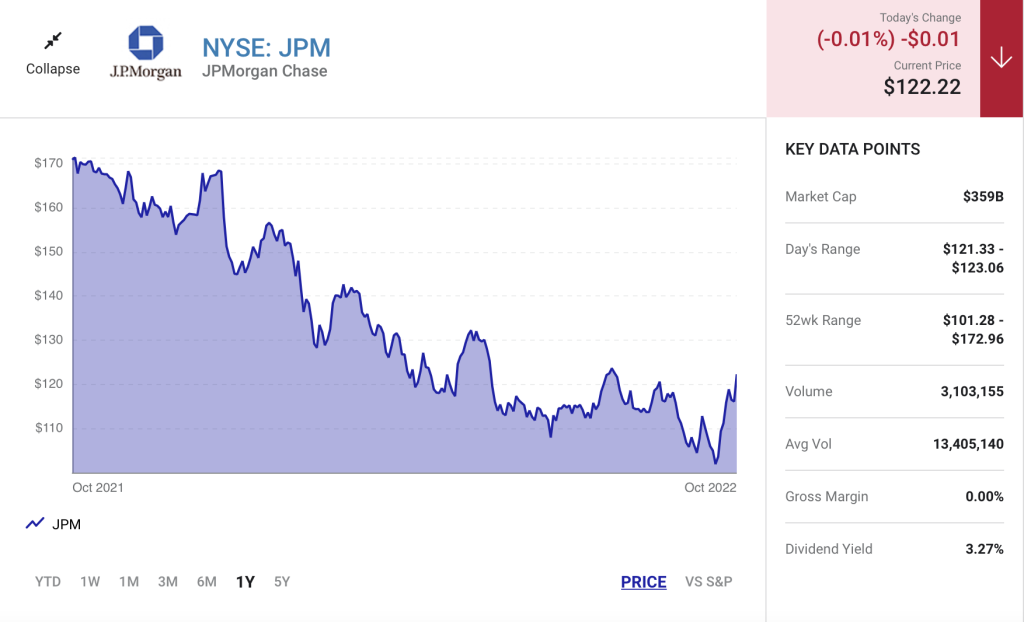
CEO Jamie Dimon often refers to the company’s balance sheet as a “fortress” with enough capital to withstand a deep recession or another economic shock, and the company has passed its Fed stress tests with flying colors. It’s well capitalized today despite worries of another recession.
Right now, the Wall Street titan looks attractive to both dividend and value investors. It offers a dividend yield of 3.4%, and it trades at a price-to-earnings ratio of just 10 even as earnings have temporarily shrunk due to higher loan-loss reserves in anticipation of a recession.
It has also been a reliable dividend grower with its payout tripling over the last decade, and its payout ratio is still low at roughly a third. While a recession could slow dividend growth over the next year or two, JPMorgan looks like a great bet for both yield and growth over the long term.
Read Next – New battery “could eat lithium’s lunch”
Every single Tesla electric vehicle is powered by a lithium-ion battery.
It transformed Tesla from the laughing-stock of the auto industry into the biggest car company in history.
But according to Bloomberg…
This new battery technology “could eat lithium’s lunch.”
It’s a “breakthrough,” says the U.S. Department of Energy. That’s a “totally new approach to battery technology.”
Powermag says it is “the trillion-dollar holy grail” of battery technology.
And that’s just the beginning…
Because according to Forbes, a $130 trillion revolution in energy is coming.
And this new battery could be at the center of it all.
Best part…
Right now, one tiny company behind this new battery technology trades for around $4.
It’s such a huge opportunity, five billionaires have already invested.
Bill Gates, Jack Ma, Richard Branson, Michael Bloomberg, and Jeff Bezos are all backing this tiny company.
And the reason is simple.
This new battery can store energy up to 94% cheaper than a Tesla lithium-ion battery.
I urge you to click here to check out the full story.
And lock in shares now for $4…
Not $40 or $400 – or $900 like Tesla shares trade for now.
Click here for the full story.



